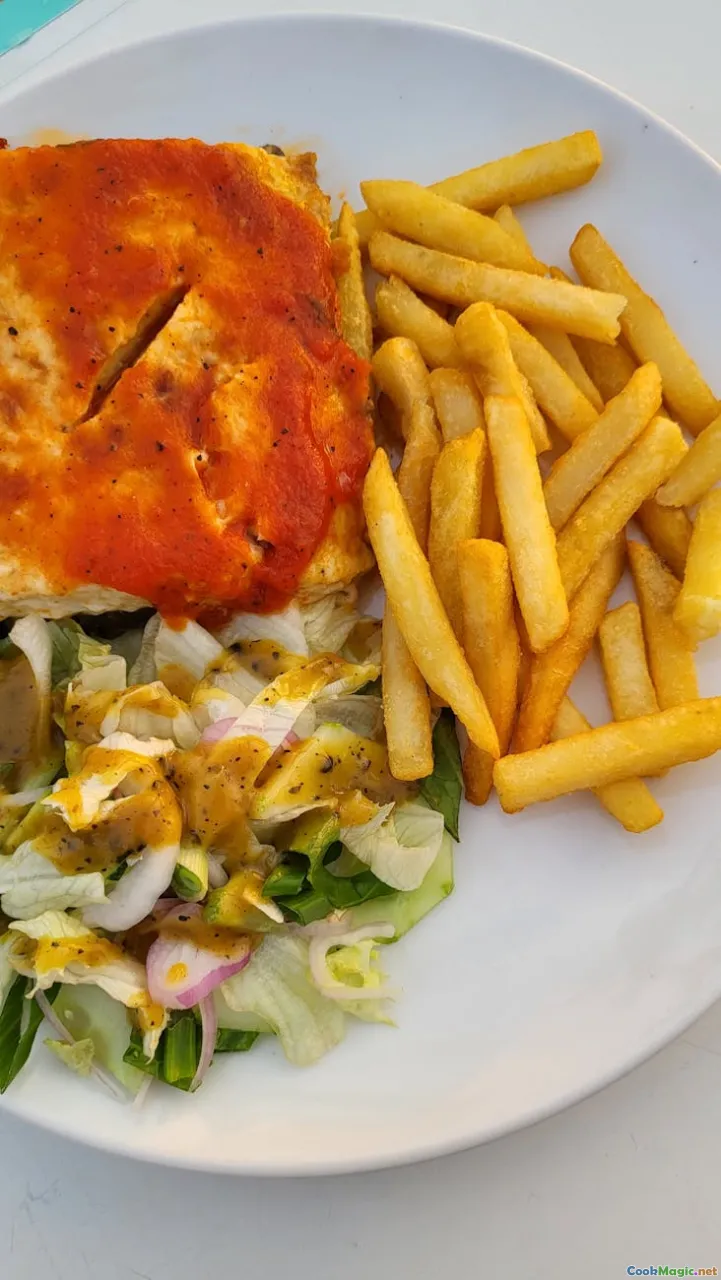Exploring the Regional Diversity of South African Food
7 min read Discover the vibrant tapestry of South African food, from spicy Cape Malay dishes to hearty Boer stews and indigenous flavors across regions. April 27, 2025 23:55
Exploring the Regional Diversity of South African Food
South Africa, often called the ‘Rainbow Nation,’ is a land of extraordinary diversity—not just in its people and landscapes but vividly reflected on its plates. Walking through markets in Johannesburg, savoring street foods in Cape Town, or visiting rural villages in Limpopo reveals a culinary mosaic as colorful as the country’s history and culture itself.
An Introduction to a Culinary Kaleidoscope
Imagine a country where the culinary landscape is shaped by indigenous tribes, colonial influences, migrant communities, and modern innovators. This melting pot produces an array of flavors, textures, and aromas that tell stories of migration, conquest, resilience, and celebration. South African cuisine isn’t monolithic; it’s a dynamic, evolving tapestry woven from regional threads, each with its unique identity.
The Western Cape: A Fusion of Indigenous, Dutch, Malay, and French Influences
The Heart of Cape Malay Flavors
In the bustling markets of Cape Town, the aroma of bobotie—a spiced meatloaf topped with egg custard—wafts through the air. Its sweet and savory profile, infused with curry spices, raisins, and almonds, embodies the Malay influence brought by settlers and slaves from Indonesia and Malaysia. The vibrant Cape Malay curry is a symphony of turmeric, cinnamon, and cumin, offering a comforting yet exotic taste experience.
The Biltong and Boerewors Tradition
Western Cape's butchers craft biltong—air-dried cured meat with a rich, beefy flavor—and boerewors, a spicy sausage often seasoned with coriander and cloves, grilled to perfection at braais (barbecues). These are not just foods but symbols of the region’s outdoor social culture.
Visual and Sensory Appeal
Picture a plate of snoekfish, grilled over open flames, its skin crispy and smoky, paired with a tangypotjiekos stew simmered in cast iron pots over coals—aromatic, hearty, and deeply satisfying.
The Eastern Cape and KwaZulu-Natal: Indigenous Roots and Coastal Flavors
Indigenous Heritage and the Use of Maize
In the rural Eastern Cape, traditional dishes like ** umngqusho**—a slow-cooked mixture of maize and beans—are staples, showcasing the Zulu’s deep connection to indigenous ingredients. The texture is creamy yet hearty, with earthy flavors that evoke the landscape.
Durban’s Spicy Coastal Cuisine
Durban, renowned for its spicy curries, reflects a strong Indian influence. Dhal, samosas, and bunny chows—a hollowed-out loaf filled with curry—are street food icons. The curry is often fiery, with layers of garam masala, cumin, and chili, designed to warm both body and soul.
Sensory Experiences
Walking through Durban’s Indian markets, the scent of turmeric, coriander, and cumin mingles with the salty sea breeze, creating an intoxicating aroma that invites curiosity and appetite.
The Northern Regions: Heartland of Boer Traditions and Indigenous Flavors
Hearty Stews and Farm-to-Table Classics
In the rural heartlands of Limpopo and Mpumalanga, traditional potjiekos stews simmer slowly, packed with game meats, root vegetables, and indigenous herbs. These dishes are prepared outdoors, reflecting a lifestyle deeply connected to the land.
The Influence of the Tswana and Sotho Cultures
Staples like pap(a stiff maize porridge) accompanied bymabela (spicy vegetable relishes) showcase the simplicity and robustness of Northern cuisine. The textures are thick and filling, perfect for the cold nights or after a day of labor.
Personal Reflection
Having sampled these dishes in a local village, I was struck by the communal spirit—they’re not just food but a shared experience, a way of storytelling with every bite.
The Limpopo and KwaZulu-Natal Highlands: Indigenous and Wilderness Flavors
Wild Game and Indigenous Ingredients
The northern regions boast dishes featuring game meats like kudu and ostrich, often prepared as biltong or slow-roasted stews. These flavors are wild, earthy, and deeply rooted in the indigenous hunting traditions.
Vegetables and Fruits
Local markets burst with tropical fruits—mangoes, guavas, and pawpaws—used in desserts or to add sweetness to savory dishes, balancing flavors with a tropical zest.
Embracing the Diversity: A Culinary Journey
South African cuisine is not static; it’s a living, breathing reflection of its people’s complex history. Each region offers a distinct palate, shaped by geography, climate, and cultural heritage. From the aromatic, spice-laden curries of Durban to the smoky, outdoor-cooked meats of the Western Cape, the country invites you on a sensory journey.
Personal Insights and Experiences
Traveling through South Africa, I found that sharing a meal is more than just sustenance—it’s an act of connection. Whether enjoying a braai under the stars or sitting around a fire with a bowl of papandmabela, these experiences highlight the importance of food as a cultural bridge.
Final Thoughts
Exploring South Africa’s regional food diversity reveals more than just flavors; it uncovers stories of migration, resilience, and community. Each dish, each ingredient is a chapter of the nation’s rich cultural narrative. For the adventurous eater or the curious traveler, South Africa offers a culinary adventure that’s as vast and varied as its landscapes.
Embark on this journey, taste the history, and savor the diversity—you’ll find that the true flavor of South Africa lies in its vibrant, multifaceted cuisine.









